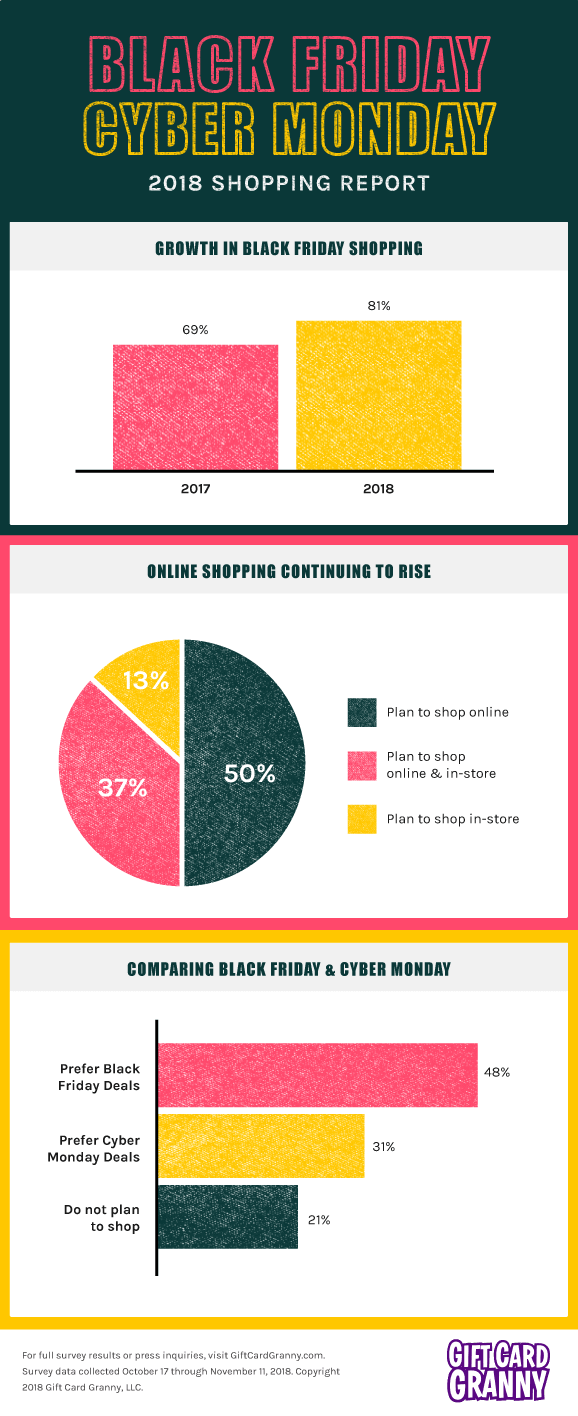Whether you are working on glasswear or award blanks, or even stone, the masking material you choose can have a considerable impact on your results. The best mask depends upon what you are blasting, and the length of time the etch will certainly be.
Making use of gloves is essential to prevent any type of oils on your hands transferring to the glass or pattern. Tidy the glass thoroughly prior to placing your stencil and apply the etching lotion.
Silicon Carbide
Silicon Carbide (SiC), also referred to as carborundum, is a tough chemical compound of silicon and carbon. It takes place naturally as the uncommon mineral moissanite, very first discovered in 1893 at the Canyon Diablo meteor crater in Arizona. It is additionally artificially produced as a powder and as crystals.
It has a Mohs solidity score of 9, almost as high as ruby, and is extremely heat-resistant. It is made use of in grinding wheels and rough paper and cloth items, in addition to being an electric insulator.
Silica carbide is a prominent abrasive in modern lapidary as a result of its sturdiness and affordability. It has the capability to withstand heats and is resistant to acids and antacid except hydrofluoric acid and its salts. This makes it a superb option for usage in sandblast cupboards. Unlike light weight aluminum oxide, it consists of no free silica and produces no static electrical energy leaving your blasted surface area and sandblast cabinet home window tidy of rough dirt.
Aluminum Oxide
Light weight aluminum Oxide is a challenging, sturdy unpleasant grit product that can be made use of as a reliable alternative to sand. It has an angular form, which aids to cut into and engrave surface areas rapidly and conveniently. It can also be utilized to prepare surface areas for paint, round sharp edges, and give a consistent-looking finish.
Like silicon carbide, it is extremely hard, with a rating of 9 on the Mohs scale. Nonetheless, unlike silicone carbide, it does not generate fixed power and has no totally free silica. It additionally has a longer life span than its counterparts, so it can be bought wholesale and stored for future jobs without weakening.
It also uses a reduced cost than various other blast media, making it inexpensive for any type of commercial budget. Additionally, it is taken into consideration a nuisance dust by OSHA instead of an unsafe material, that makes it much safer to handle. This is why it is the recommended blasting product for lots of experts.
Sand
Sandblasting is a high-pressure blasting strategy that uses a selection of materials to tidy and etch surface areas. A lot of frequently, sand, glass grains, and light weight aluminum oxide are utilized. These products can be extremely efficient for both attractive and useful applications. They use toughness, convenience, and are cost-efficient. They are additionally eco-friendly and risk-free to utilize.
The kind of etching you choose depends on the look you intend to attain and your spending plan. Both acid etching and sandblasting create stunning results. The difference is that sandblasted glass has a frozen look and can be a lot more detailed in its design. It is less complicated to keep and much less vulnerable to fingerprint marks than etched glass.
Both methods are flexible and work well on bent or level panels of glass. When you are completed, ensure you completely clean your glass to eliminate all of the abrasive product and pattern tape before applying any kind of sealers. This will make certain that the etching is also and satisfies your expectations.
Glass Grains
Glass beads are the preferred masking product for glass etching due to their ability to produce high-grade surfaces. They are also more secure to utilize than other blowing up products, implying you can get the job done quicker and with less threat of injury.
Glass grain blasting jobs well with a vast array of metals, alloys, and plastics. It can be made luxury personalized drinkware use of for surface area preparation, deburring, peening, and brightening on machined, fabricated, and casted components.
The spherical shape of the glass grain develops a smooth surface that is perfect for surfaces that call for a constant appearance and appearance. The blasting procedure creates marginal dust, which helps to preserve visibility and sanitation in the work area.
Glass grain blasting is additionally typically used in shot peening, a procedure that strengthens steel surfaces by producing compressive stress layers externally. This increases the tiredness resistance of metal elements, making them less susceptible to cracking and brittleness. Glass grains are additionally a component in reflective paints, which are often utilized to make roadway markings visible throughout nighttime driving conditions.
